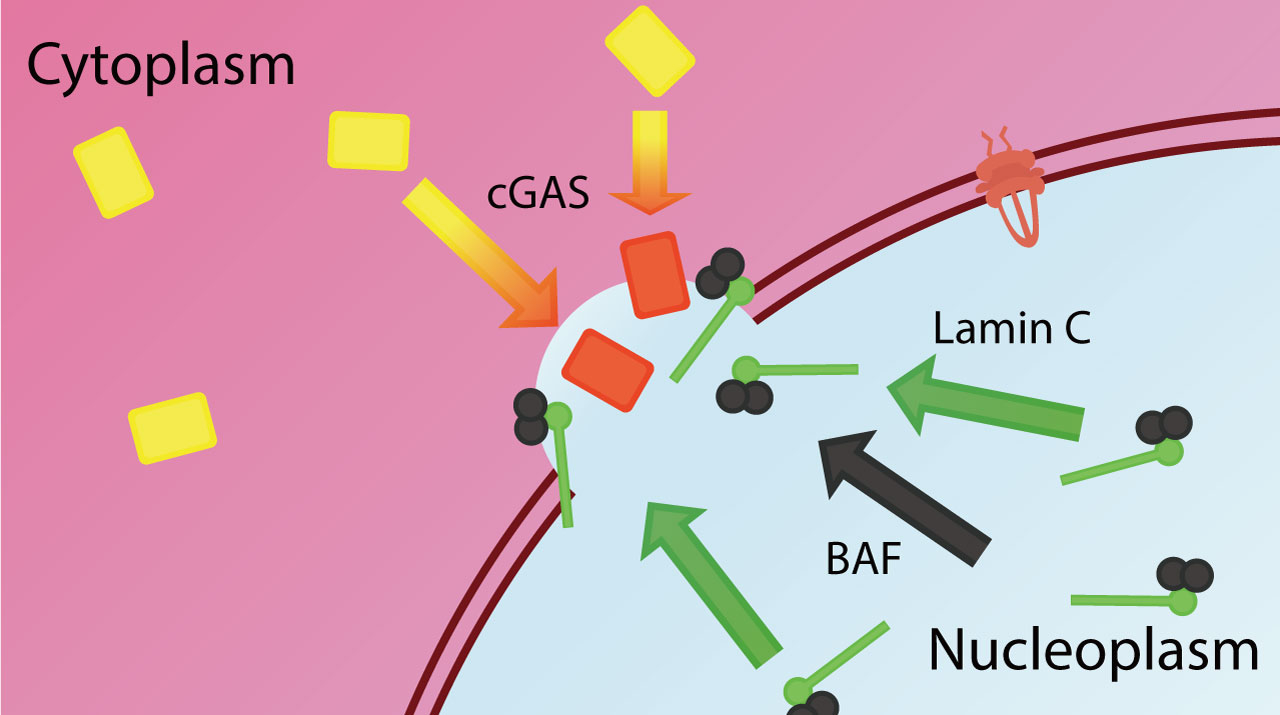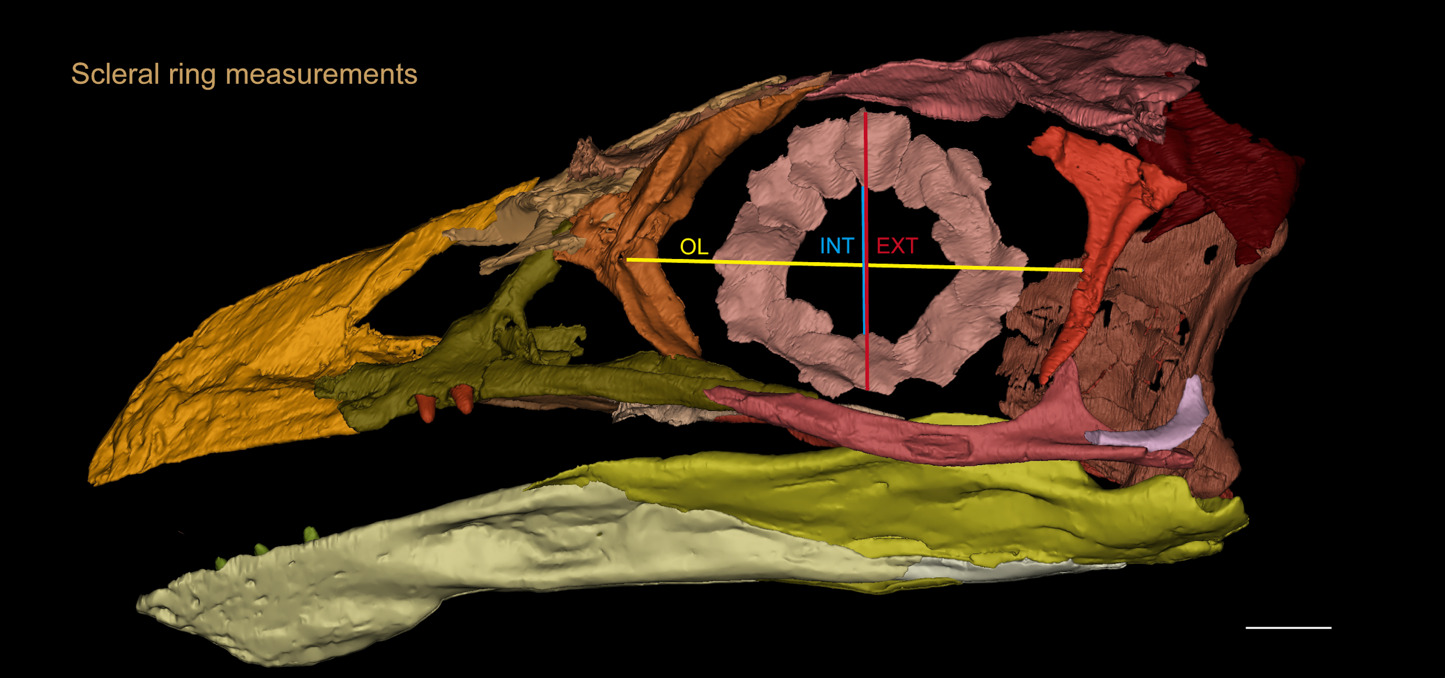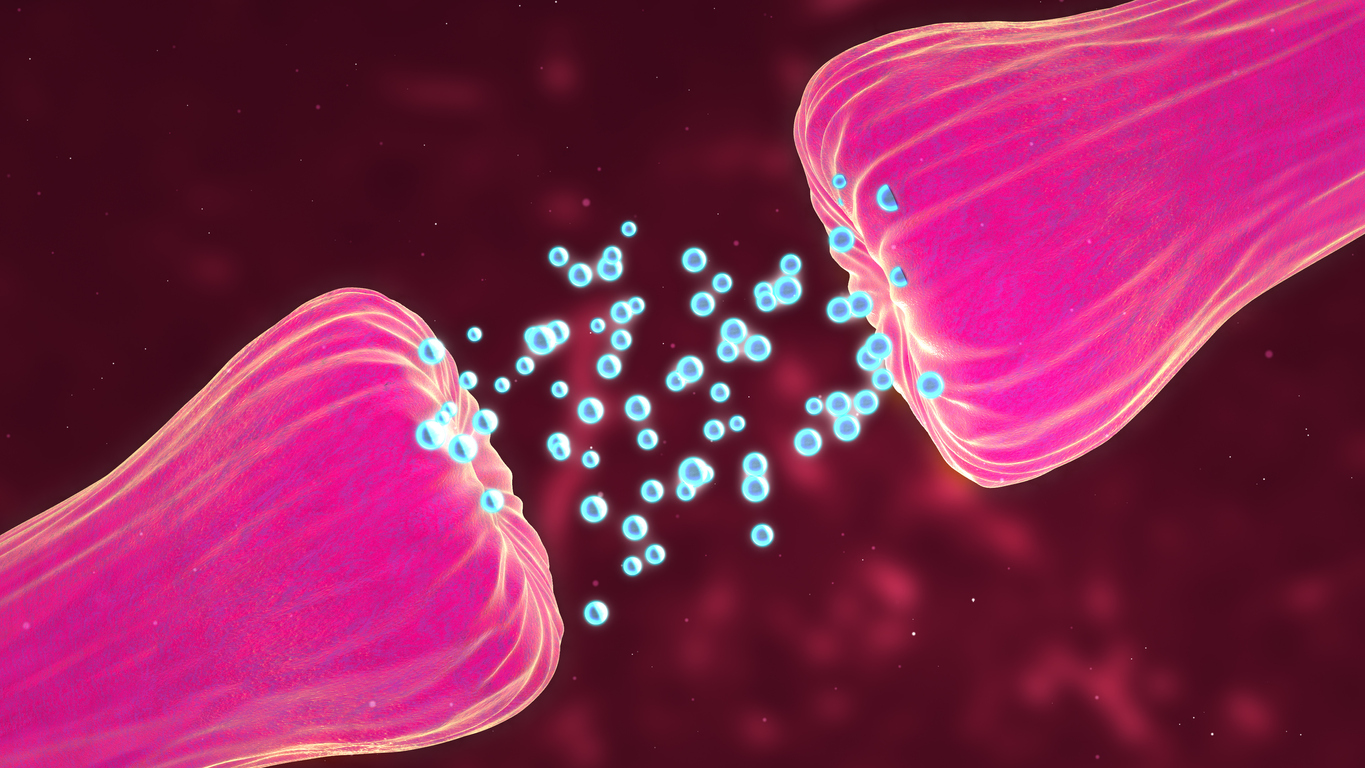How do fish return year after year to the same spawning site? Or do bees have a memory for which pollen-rich locations they visit? Although certain components of this migratory process have been explained, the specific mechanism by which animals decide whether to migrate left at the next river bend or right at the large boulder is still unknown, particularly at the molecular level.
Using a nematode, a type of very small worm, researchers were able to gain a better understanding of this mechanism.
When the worms were fed a high level of salt, they kept seeking for this specific salt concentration. Presumably, the anticipated pleasant conditions with plenty of food.
The process by which proteins in the body are activated or deactivated is known as phosphorylation. When proteins are activated or deactivated, decisions are made at the molecular level. The researchers already knew that a protein kinase C (PKC) enzyme controls worm movement in response to salt levels. Scientists, on the other hand, had no idea which other proteins activated. They also don’t know what other proteins PKC inhibits.
Migration under the microscope.
Shingo Hiroki, the study’s lead author and a PhD student at the time, discovered how to preserve memory in the nervous system by phosphorylating syntaxin, a protein located at neuron junctions.
Synaptic transmission is the link between neurons that permits a variety of animals’ nervous systems to work properly. Syntaxin is an important component of synaptic transmission that plays an important role.
The researchers went on to conduct more research to see how changing syntaxin influences worm behaviour. When handled, the worms retreated from the salt rather than towards it.
The second major observation was that receptors with varied sensitivity might be triggered depending on the degree of continuous synaptic release, or “basal release”. Synaptic release is the process by which chemical messages called neurotransmitters are transmitted from one neuron to the next in the body. Identical neurons possess both excitatory and inhibitory receptors, which cause the cell to become excited or inactive; however, the excitatory receptors are less sensitive. This shows that when synaptic release is increased due to syntaxin phosphorylation, the excitatory receptor is activated rather than the inhibitory receptor.
In the majority of scenarios, synaptic transmission strengthens and weakens. These findings hold true in all situations. Synaptic transmission, on the other hand, changed from positive to negative over the course of the study. This demonstrated to researchers that, depending on the circumstances, the worm is capable of approaching or avoiding a greater amount of salt. A slight increase or decrease in the salt reaction, which would just alter approach speed, is all that is required to make this impossible. According to the findings of the study, altering the basal release is one simple and effective strategy to achieve this shift.
The next stage of research will focus on the role of syntaxin in memory storage and the relationship between basal release and synaptic transmission. Both of these lines of research have the potential to improve our understanding of the fundamental processes driving molecule-to-molecule memory transfer.
Story Source: Original press release by University of Tokyo. Note: Content may be edited for style and length by Scible News.
References
Shingo Hiroki, Hikari Yoshitane, Hinako Mitsui, Hirofumi Sato, Chie Umatani, Shinji Kanda, Yoshitaka Fukada, Yuichi Iino. Molecular encoding and synaptic decoding of context during salt chemotaxis in C. elegans. Nature Communications, 2022; 13 (1) DOI: 10.1038/s41467-022-30279-7








